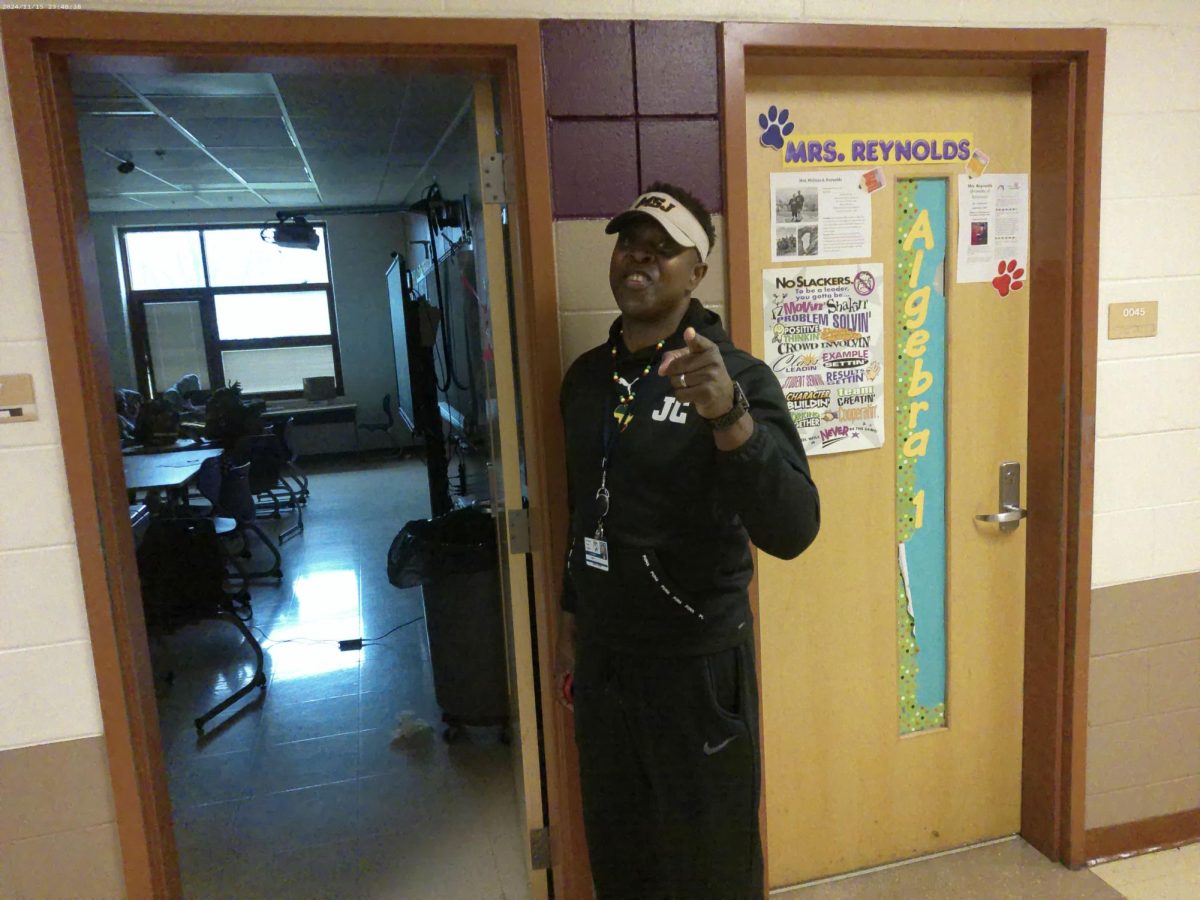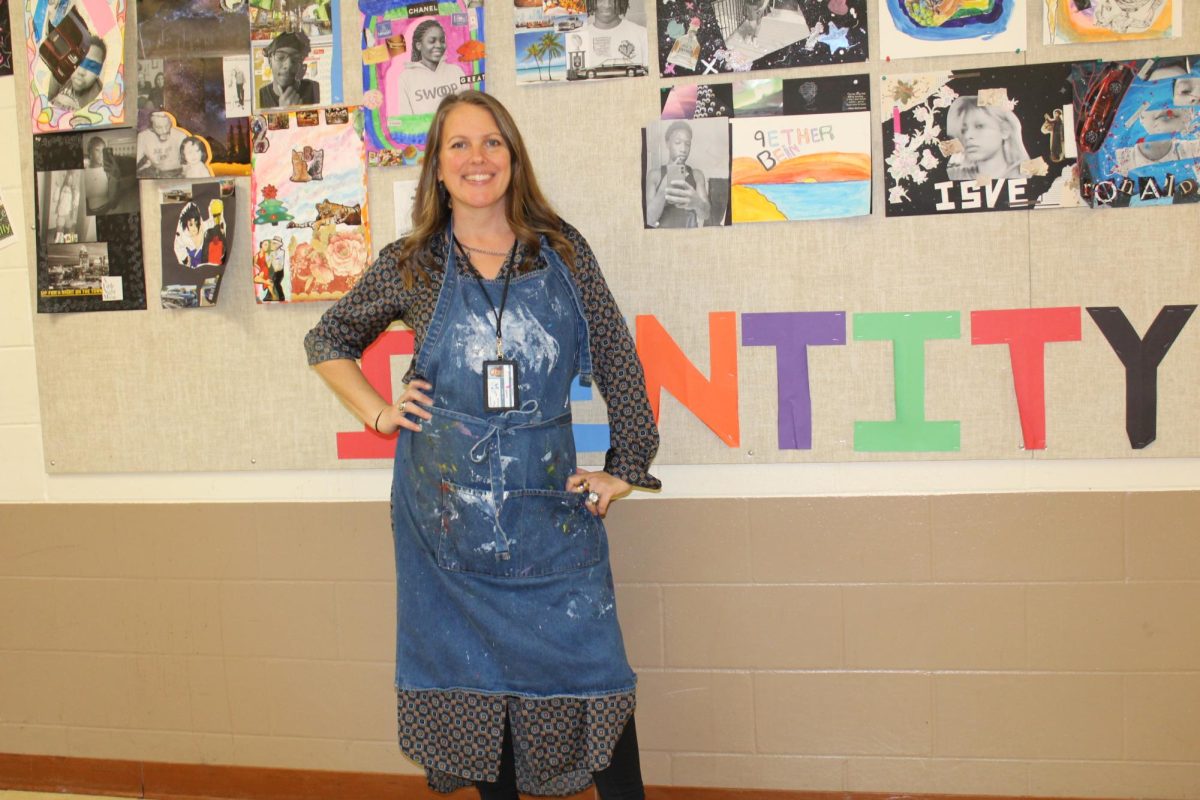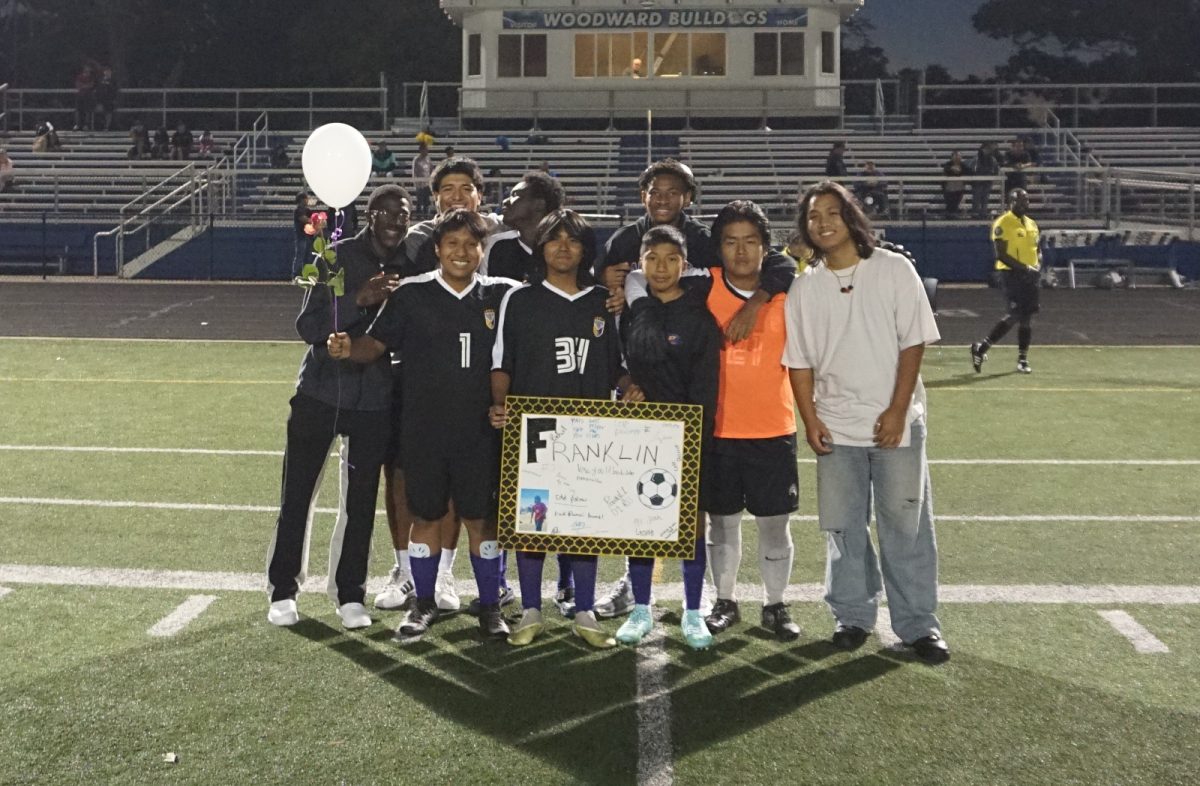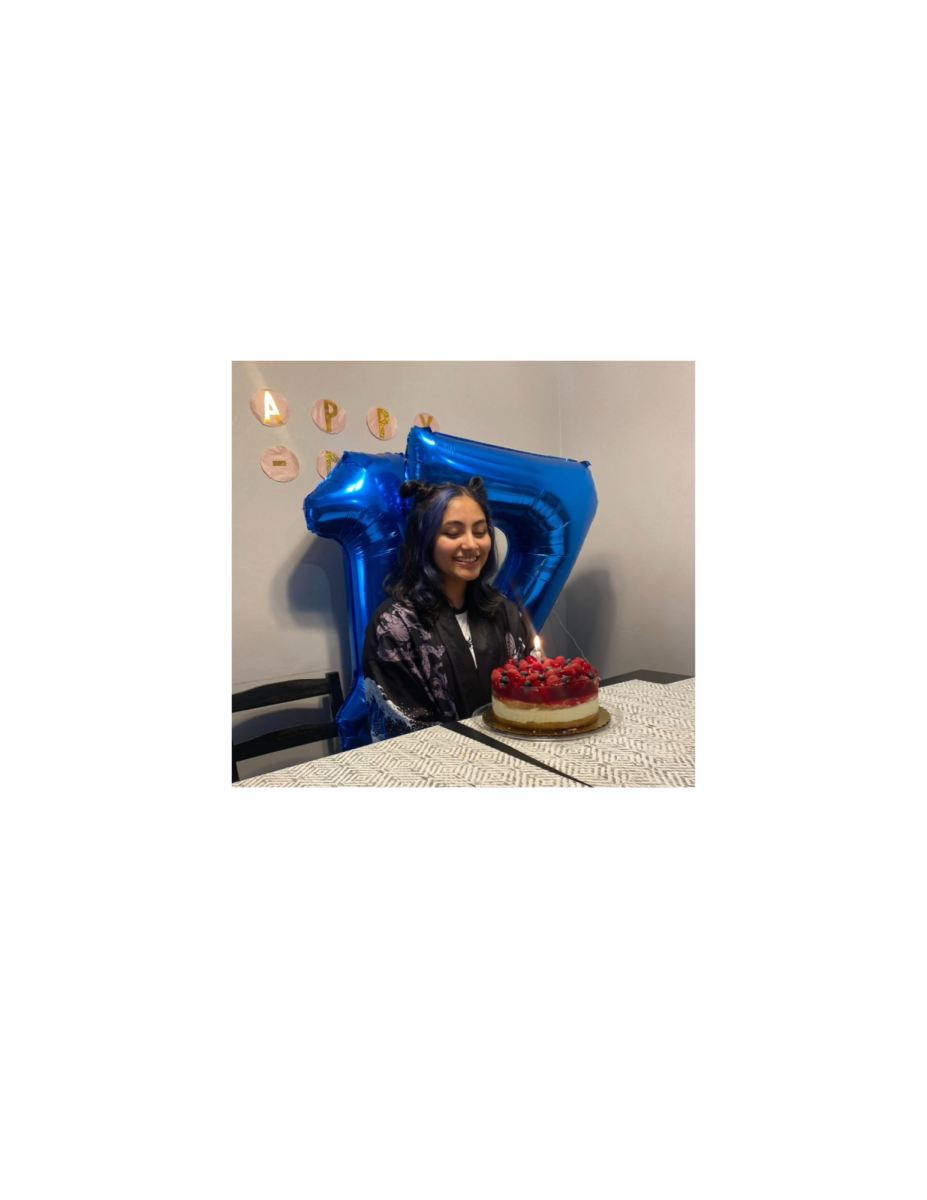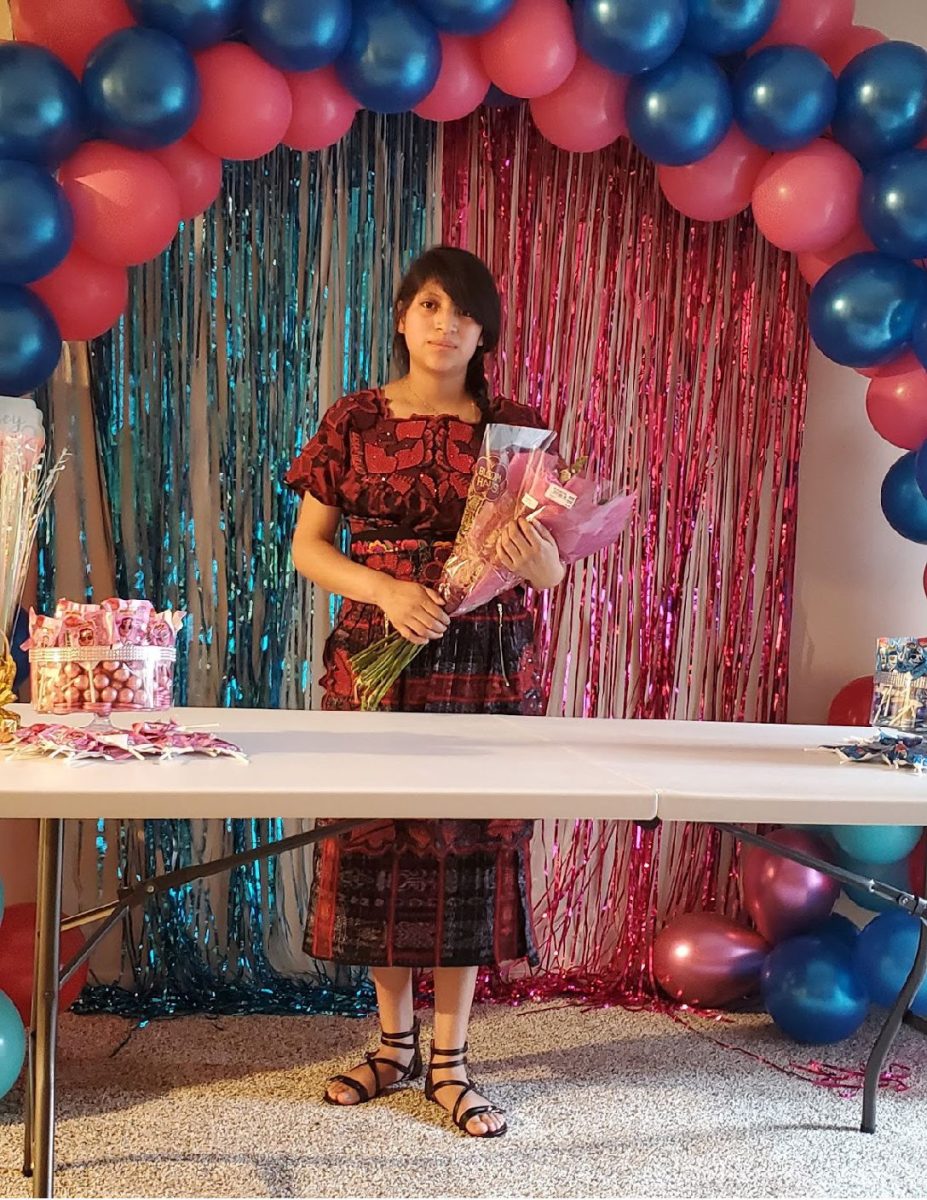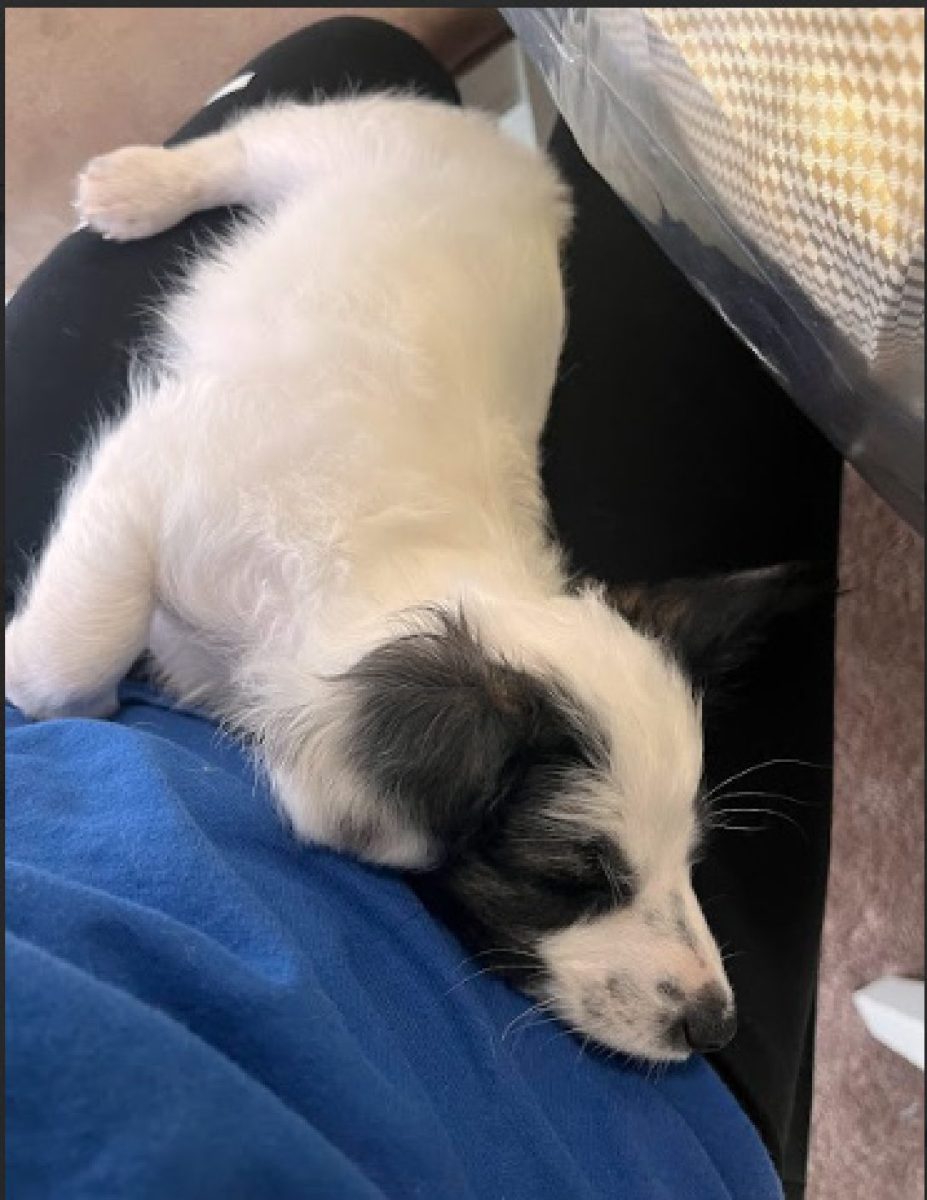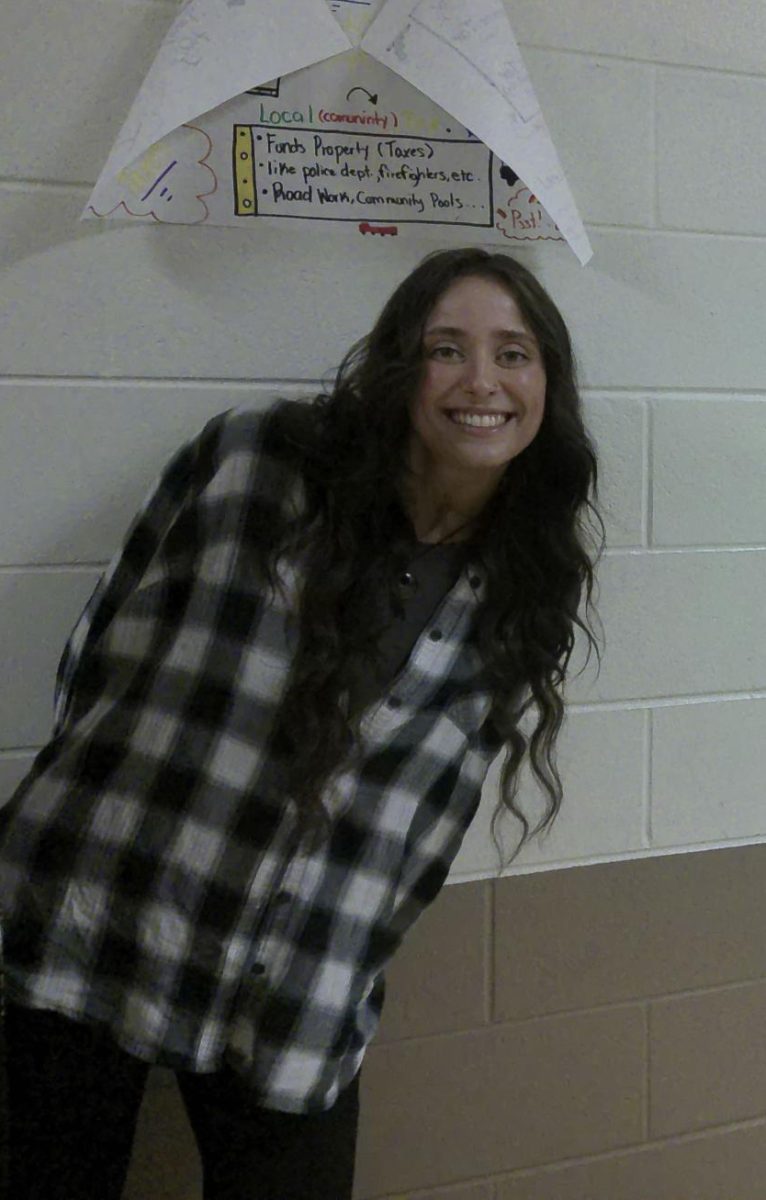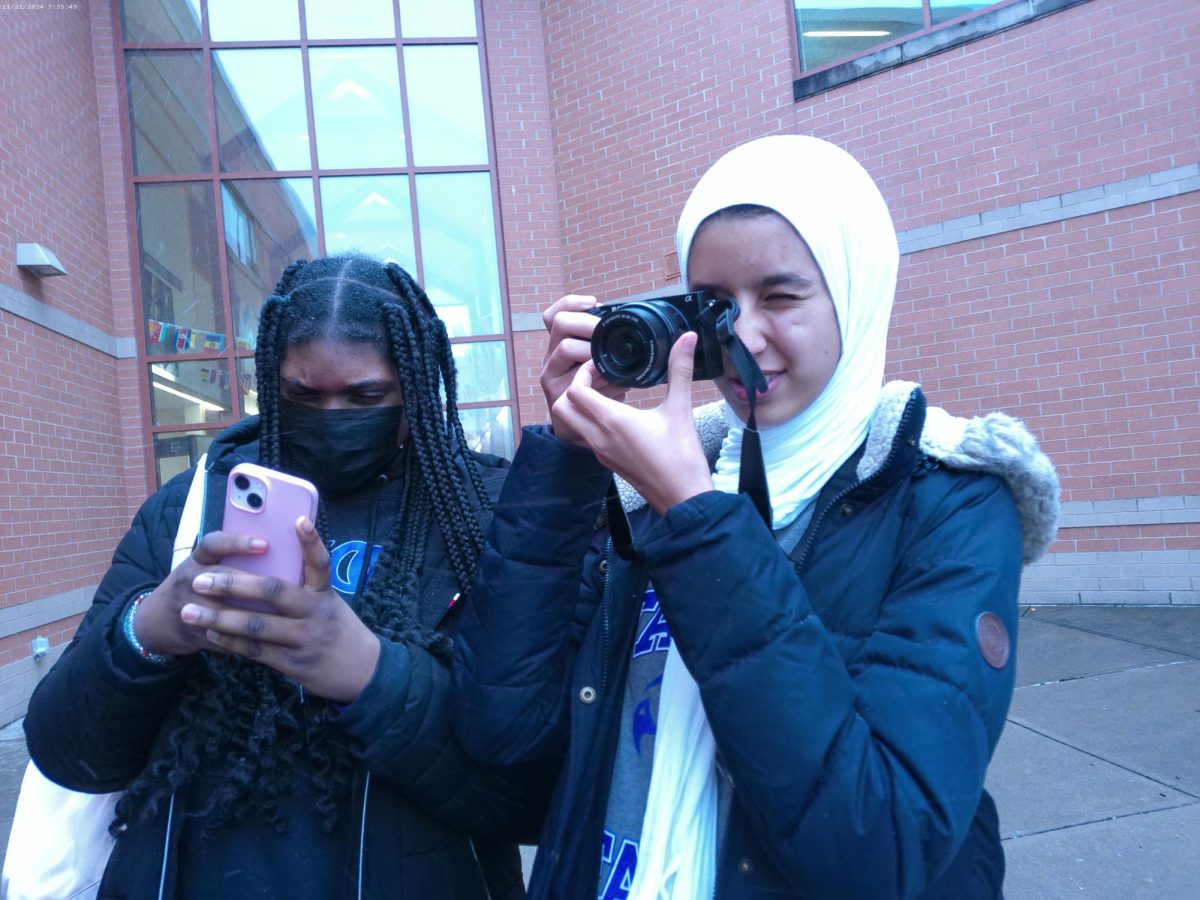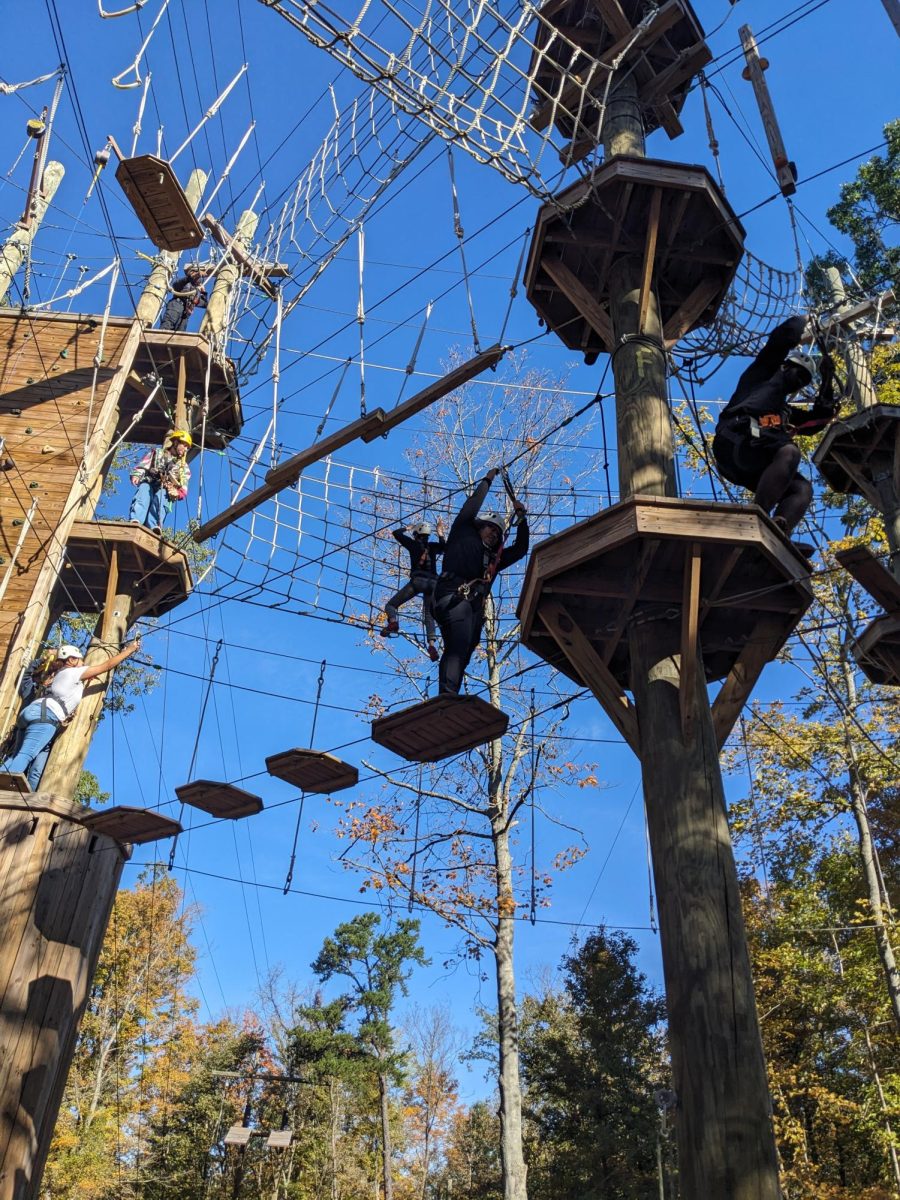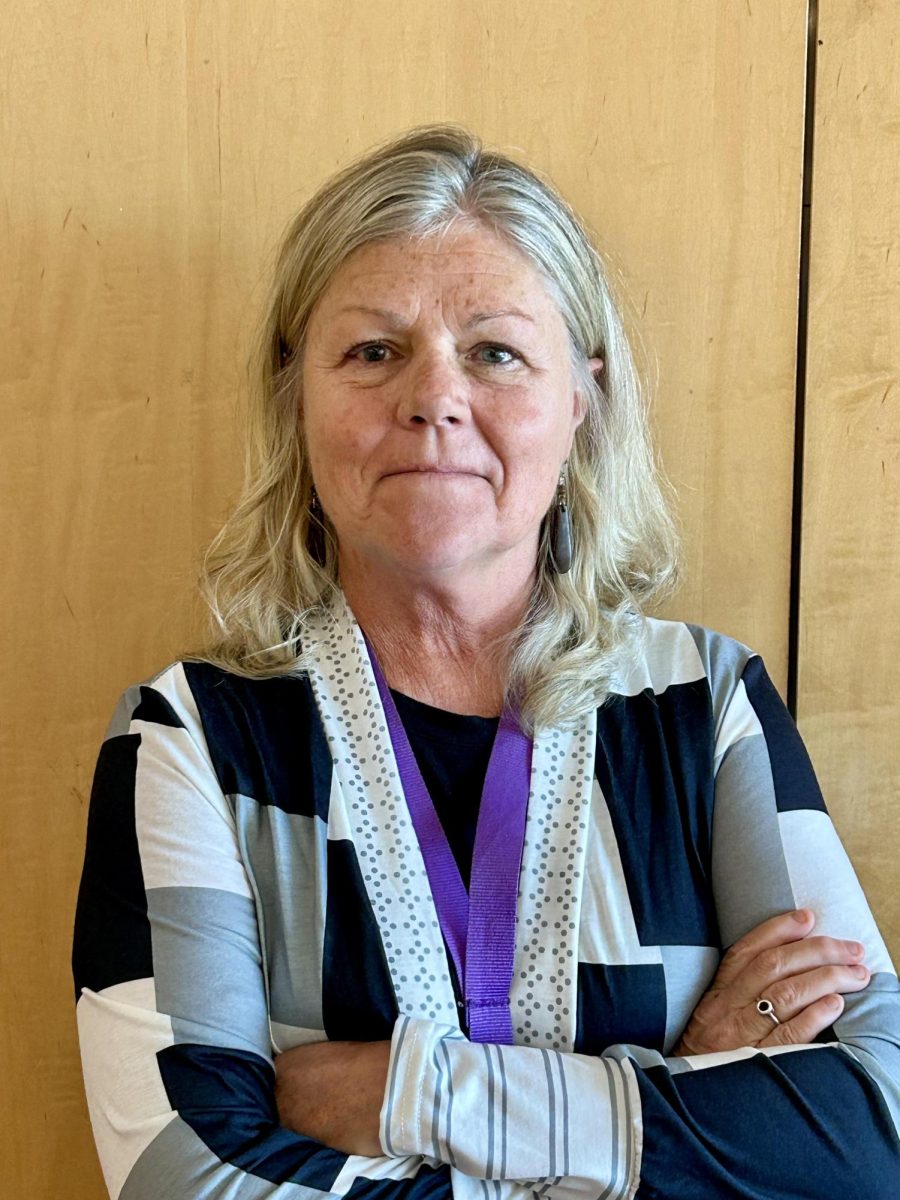Have you ever had an expected season that you knew you were going to be sad in? If so, you may be facing Seasonal Affective disorder (SAD). In this article, this will focus on SAD and the causes and effects of this type of depression. You’ll understand there’s more than one sort of depression. When someone assumes depression, they believe it’s one kind—Major Depression. Major Depression is the most diagnosed and the most severe type of depression. However, there’s all kinds of depression, not just one. There’s Persistent Depressive Disorder, Postpartum
Depression, Seasonal Affective Disorder, and more.
According to the Mayo Clinic, SAD begins around fall, but you can feel the trigger of depression in the spring and even in the summertime. SAD is a type of depression that is triggered by season change that’s often common between the ages of 18-30 with the troubling symptoms of everyday sadness, hopelessness and worthlessness, loss of interest in activities you normally love, anxiety, and troubling concentrating. If you feel any of these symptoms pertain to you, it’s best to not self-diagnose yourself: get a doctor’s opinion, evaluation for further treatment, or help.
It’s best for everyone to take any kind of depression seriously. If you’re taking depression seriously, you have the potential to save yourself and others from this crippling mental illness that will only get worse if not treated. A teacher at Aiken, said, “A lot of people who experience seasonal depression don’t even notice it. They think it’s ‘feeling tired in the winter’ and rarely reach out to get a diagnosis.”
If you’re fighting this illness yourself, put yourself first. Always. Your mental health should always be your number one priority to yourself, mind, and body. Once your mind is back healthy, it’s okay to help someone else with Seasonal Affective Disorder or any other kind of depression. Teach them your healthy coping mechanism that helped you, even if it was talking to your doctor or therapist everyday for support. It’s healthy, and it helps you. To secure and have success in battling your mental health, it’s perfectly fine to have mental days to not do anything.
You can always try support groups, continue therapy, or join communities or projects that focus on your sort of disorder or Seasonal Affective Disorder. For more information on Seasonal Affective Disorder, check out Mayo Clinic, National Institute of Mental Health, or any website that ends in .org, .edu, and .gov.
